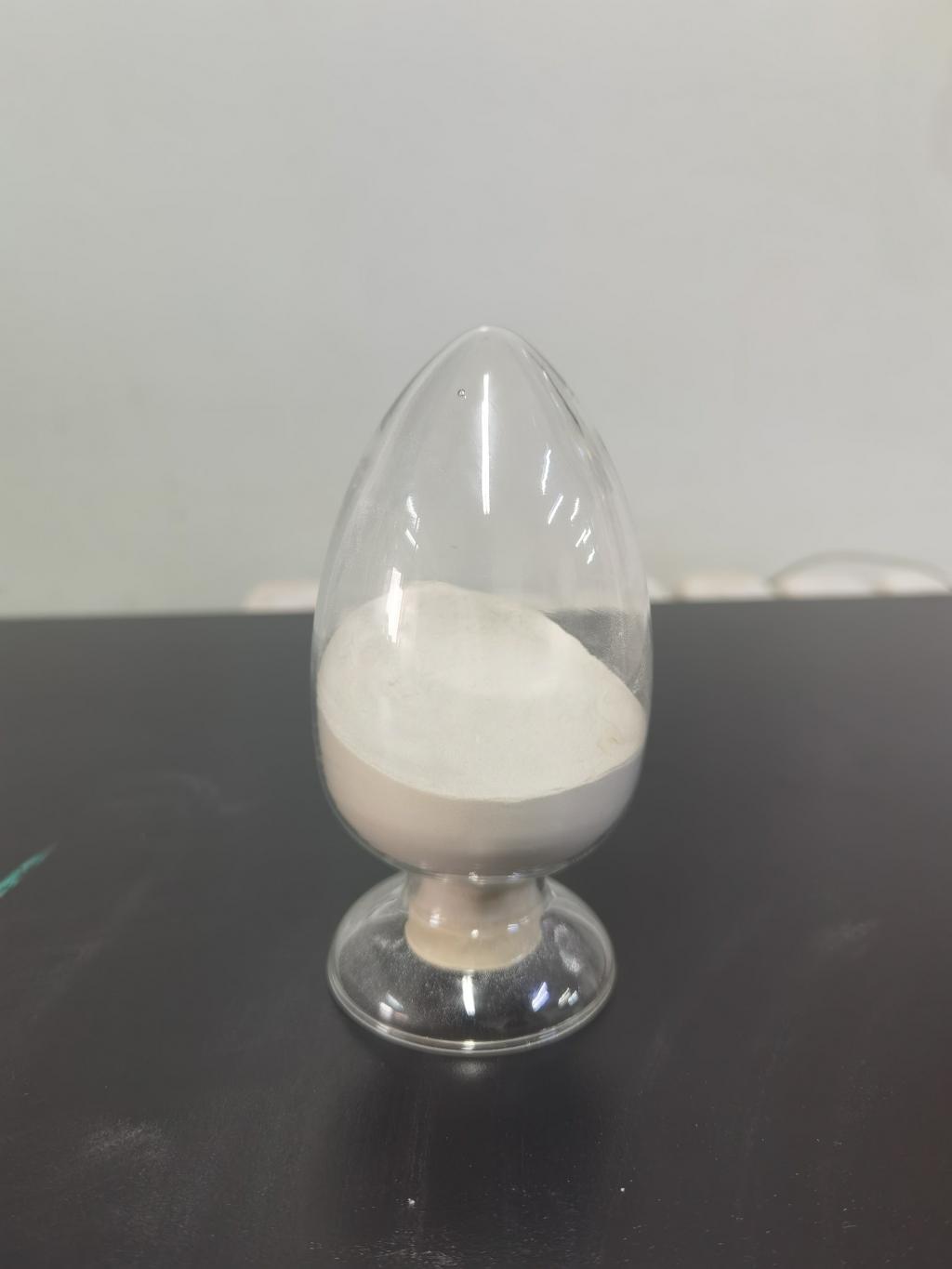Tel:+8618231198596

News
 CONTACT
CONTACT
 CONTACT
CONTACT
- Linkman:Linda Yao
- Tel: +8618231198596
- Email:linda.yao@dcpharma.cn
- Linkman:CHARLES.WANG
- Department:Overseas
- Tel: 0086 0311-85537378 0086 0311-85539701
News
Nisin's stability in different food matrices.
TIME:2024-05-21
The Chemistry and Mechanism of Nisin
Nisin is composed of 34 amino acids and contains unusual amino acids such as lanthionine and β-methyl-lanthionine, which contribute to its stability and mode of action. It functions by binding to lipid II, an essential component of the bacterial cell wall synthesis pathway, leading to pore formation and cell death. Understanding the chemical nature of nisin is essential for comprehending how different environmental factors in food matrices affect its stability.
Factors Affecting Nisin Stability
pH
Nisin is most stable at acidic pH levels, typically between pH 3.0 and 5.0. In acidic environments, the peptide maintains its structure and antimicrobial properties. However, as the pH approaches neutral or alkaline levels, nisin undergoes denaturation and loses its effectiveness. This characteristic is beneficial for its use in acidic food products such as cheese, fermented vegetables, and certain beverages.
Temperature
Temperature plays a significant role in nisin stability. High temperatures can cause degradation of nisin, reducing its antimicrobial activity. However, moderate heat treatment, such as pasteurization, does not significantly impact its effectiveness. Nisin can withstand typical cooking temperatures but may degrade upon prolonged exposure to high heat, making it less suitable for products that require extensive cooking or sterilization.
Food Composition
The components of the food matrix, including proteins, fats, and carbohydrates, can interact with nisin and affect its stability and availability. Proteins can bind to nisin, reducing its availability to act against bacteria. Similarly, fats can create a barrier that protects bacteria from nisin's action. The type and concentration of these macromolecules in the food matrix need careful consideration when determining the appropriate use of nisin.
Storage Conditions
Storage conditions, including temperature, humidity, and light exposure, can influence the stability of nisin in food products. Refrigeration helps maintain nisin's stability over longer periods, while exposure to light and high humidity can accelerate its degradation. Vacuum packaging or modified atmosphere packaging can also enhance nisin's stability by reducing oxidative stress and interaction with other food components.
Nisin in Various Food Matrices
Dairy Products
Nisin is widely used in dairy products such as cheese and yogurt due to their acidic nature, which supports nisin stability. In cheese, nisin is used to prevent the growth of spoilage bacteria and extend shelf life. Studies have shown that nisin remains stable during cheese production and ripening, maintaining its antimicrobial properties. In yogurt, nisin is effective in inhibiting spoilage organisms, although its interaction with milk proteins needs consideration.
Meat and Poultry
The application of nisin in meat and poultry products is challenged by the higher pH and complex protein content. However, encapsulation techniques and combining nisin with other preservation methods, such as vacuum packaging and refrigeration, can enhance its stability and effectiveness. Research indicates that nisin can effectively reduce bacterial load on meat surfaces when used in combination with other hurdles.
Beverages
Nisin is particularly useful in acidic beverages like fruit juices and soft drinks. Its stability in these products is enhanced by the low pH, and it helps in controlling spoilage microorganisms and pathogens. However, the presence of natural preservatives, such as ascorbic acid, can interact with nisin, and their combined effects need careful optimization to ensure maximum efficacy.
Baked Goods
In baked goods, the stability of nisin is affected by the baking process's high temperatures. While nisin can reduce microbial growth in dough and batter, its effectiveness post-baking is limited. Therefore, nisin is more suitable for use in baked goods that require minimal heat treatment or as a preservative in pre-packaged mixes.
Fermented Foods
Nisin is naturally suited for use in fermented foods due to the acidic environment created during fermentation. It is effective in preventing spoilage and pathogenic bacteria in products such as pickles, sauerkraut, and fermented sauces. The fermentation process itself can sometimes enhance nisin's stability and activity due to the favorable pH conditions.
Advances in Enhancing Nisin Stability
Encapsulation
Encapsulation techniques, such as liposomes, nanoparticles, and microencapsulation, have been developed to enhance nisin's stability and controlled release in food matrices. Encapsulation protects nisin from adverse environmental factors and allows for its gradual release, maintaining antimicrobial activity over extended periods.
Combinations with Other Preservatives
Combining nisin with other natural preservatives, such as essential oils, organic acids, or other bacteriocins, can enhance its stability and broaden its spectrum of activity. These combinations can create synergistic effects, improving overall preservation while potentially reducing the required concentrations of each preservative.
Genetic Engineering
Advancements in genetic engineering have allowed the development of nisin variants with enhanced stability and activity. By modifying specific amino acids, researchers have created nisin derivatives that maintain their antimicrobial properties under a wider range of pH levels and temperatures.
Conclusion
Nisin's stability in different food matrices is a complex interplay of pH, temperature, food composition, and storage conditions. While it is most stable in acidic environments, advancements in encapsulation, combination preservation methods, and genetic engineering are expanding its applicability across a broader range of food products. Understanding these factors and optimizing conditions for nisin use can significantly enhance food safety and extend shelf life, making it a valuable tool in the food preservation arsenal.
- Tel:+8618231198596
- Whatsapp:18231198596
- Chat With Skype







